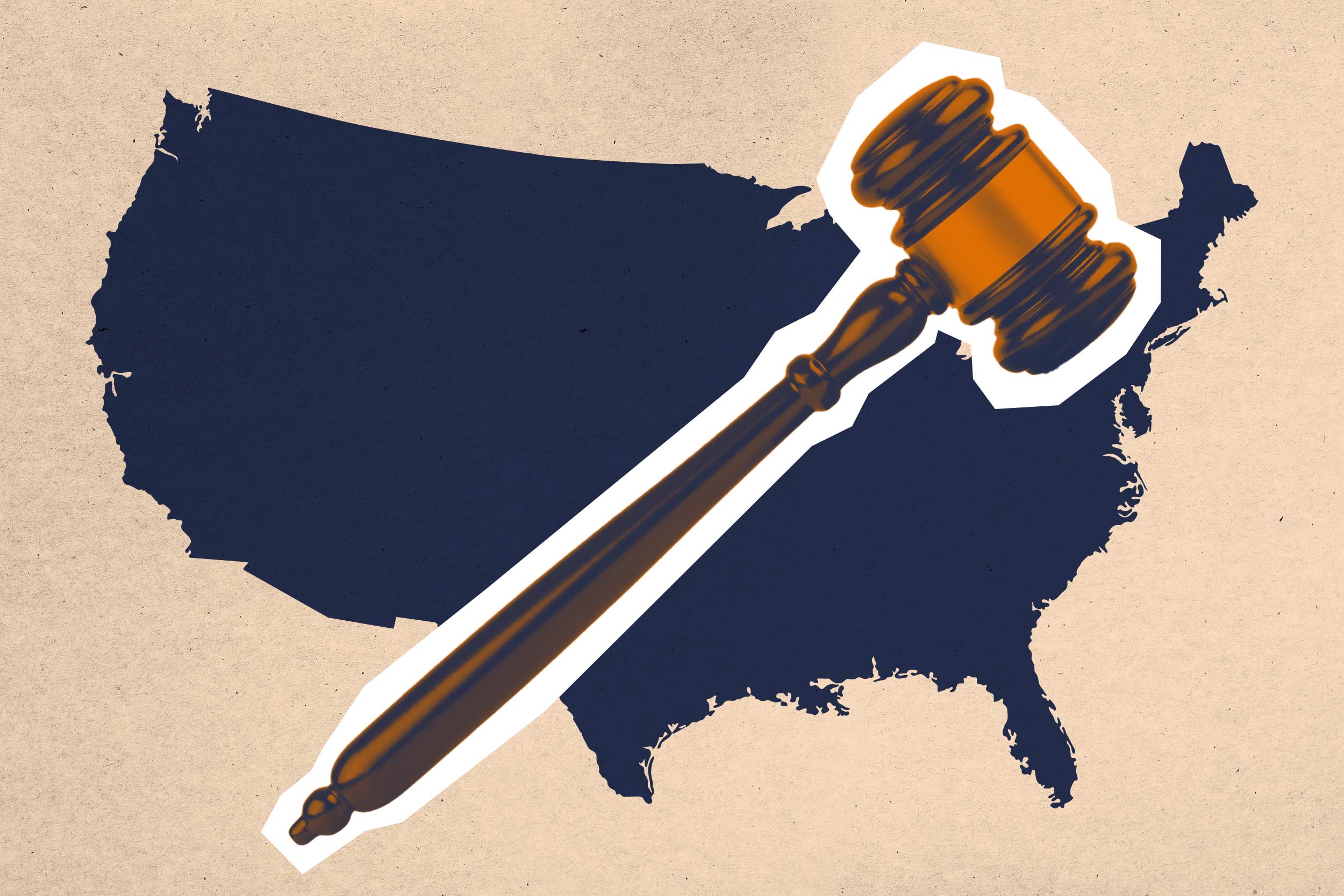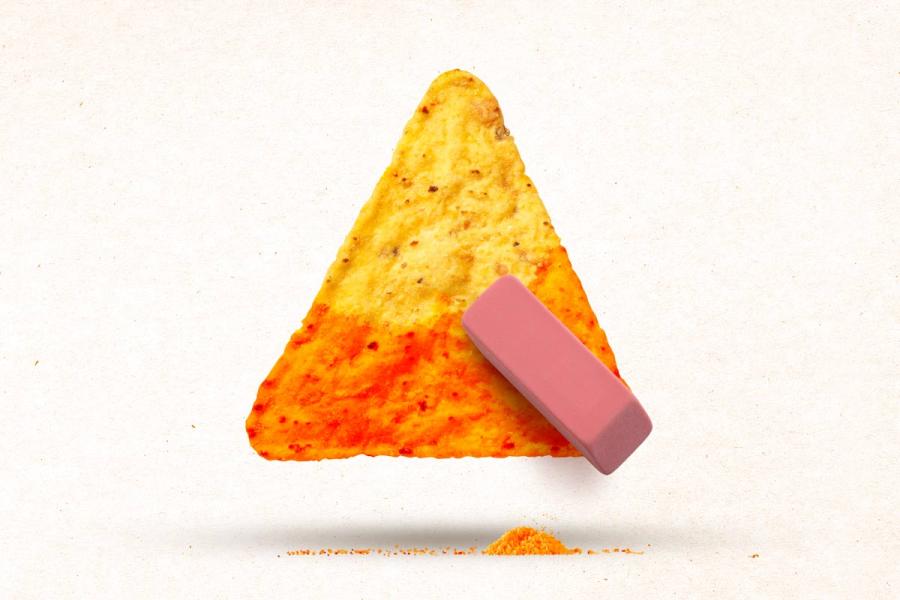It’s been a busy first 30 days for President Donald Trump who, in a flurry of executive orders and actions, has worked with billionaire ally Elon Musk to close government agencies and reduce the number of federal employees.
It’s also been a busy 30 days for the federal court system as state officials, union officials and laid-off workers take to the legal system to challenge those efforts. Judges have blocked some of Trump’s efforts as illegal while giving the go-ahead to others.
Those rulings have brought the right of judicial review over Congress and the president to the center stage of American politics. In turn, that sent UVA Today to the desk of UVA School of Law associate professor Payvand Ahdout, an expert on the federal courts’ modern use of judicial power, to learn more about judicial review.
Q. Congress passes laws and the president signs executive orders, but what gives the court system the power to overturn the laws and orders?
A. In Marbury v. Madison, the Supreme Court established the principle of judicial review. The Supreme Court said, “It is emphatically the province and duty of the Judicial Department to say what the law is.” This is generally understood to mean that the judicial system has the final say in interpreting laws and in declaring whether those laws (or orders) conflict with the Constitution.
Since Marbury, we’ve had a very robust history of judicial review. The way the branches work together, historical practice greatly informs and influences their roles. So while this power of judicial review was originally articulated in Marbury, the long tradition has settled that the power belongs to the federal courts.
Q. How and why do the courts intervene in assessing the legality of legislative and executive decisions?
A. Courts have power only when there are cases before them. There are many rules for what kinds of things count as “cases” and who has the ability to sue when something is illegal. Once a plaintiff has satisfied these rules and brings a case before a federal court, that court has the jurisdiction – or power – to decide the case. As part of that, they can decide the legality of statutes and executive orders.

Payvand Ahdout is a UVA School of Law associate professor with expertise in the federal courts and judicial review. She says court decisions have often changed American society. (Contributed photo)
For example, the White House issued a memo to the Secretary of Defense to expand operations at Guantanamo Bay to full capacity for migrant detention and that is implemented by the Department of Defense. If someone’s family member is taken to Guantanamo Bay and detained, he may be able to bring a lawsuit challenging that detention.
Once the suit is validly in front of a federal court, it might have to answer questions like (1) whether detention of migrants at Guantanamo Bay is lawful; (2) whether the Department of Defense can use funding to expand capacity at Guantanamo Bay for these purposes; and (3) whether it is constitutional to move people on U.S. soil to Guantanamo Bay for detention.
There are lots of other legal questions that can arise in that context as well, and a court might have to rule on them in the course of deciding the case.
Q. How has the U.S. Supreme Court and other federal courts changed American life?
A. One of the most profound ways was through the Supreme Court’s ruling in Brown v. Board of Education, which held that “separate but equal is inherently unequal.” But the courts impact American life in many other ways as well, some good and others bad.
The fight for sex equality was achieved in substantial measure through the federal courts. It’s hard to think that even in the 1980s, women still could not get credit cards in their own names. But through movement lawyering, distinctions in the law based on sex started to fall.
But federal courts have also been on the wrong side of history. For example, in Korematsu v. United States, the Supreme Court upheld the internment of Americans of Japanese descent during World War II. No doubt, that deeply impacted American life.
And the Supreme Court recently, in Trump v. Hawaii, recognized what a mistake that opinion was, writing, “Korematsu was gravely wrong the day it was decided, has been overruled in the court of history, and – to be clear – ‘has no place in law under the Constitution.’”










